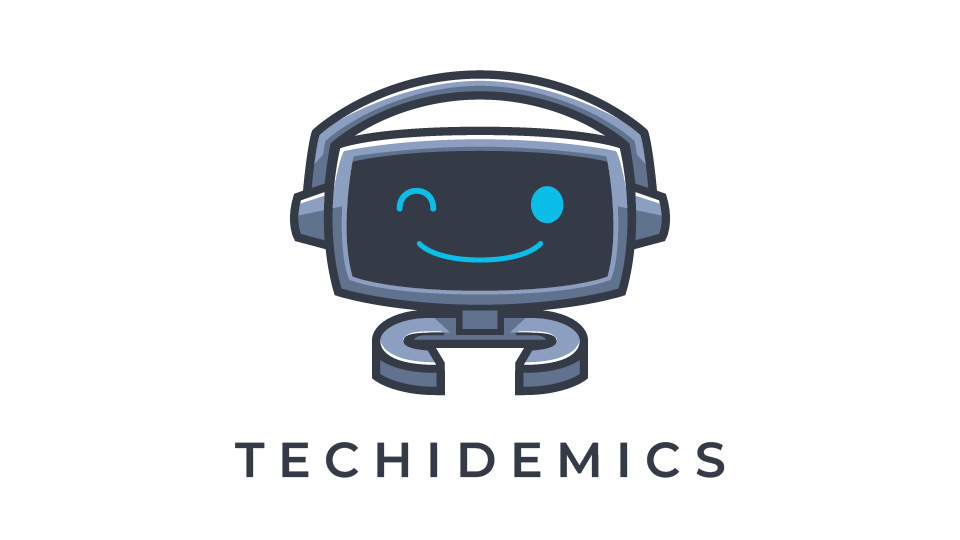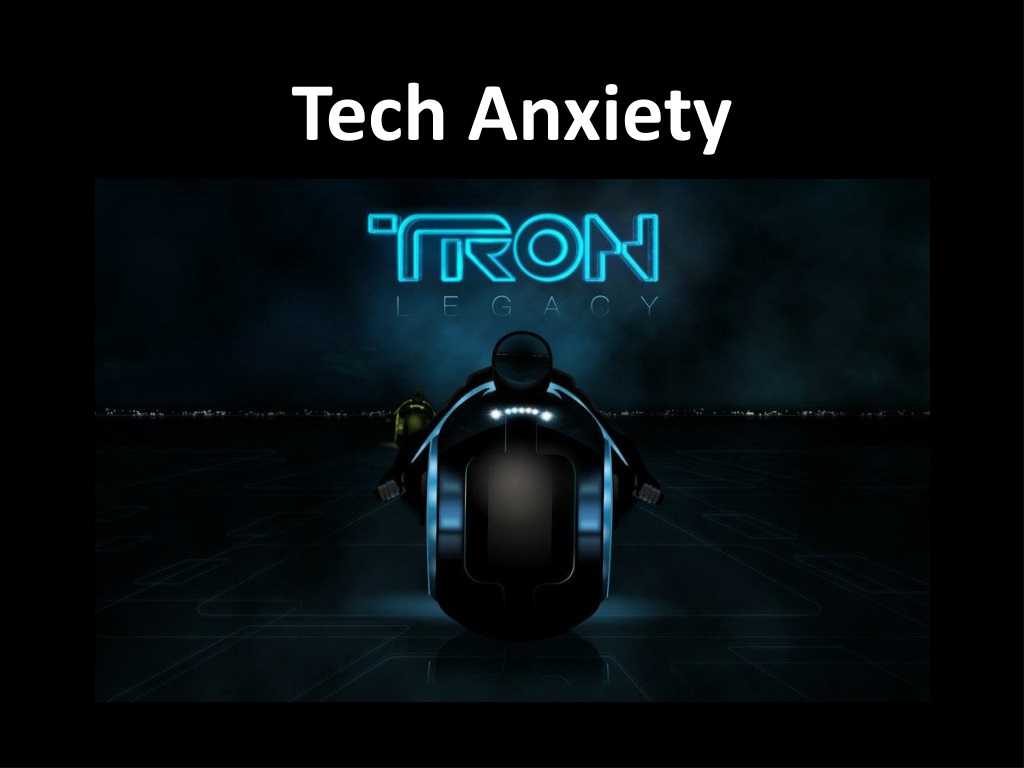Is anxiety the silent epidemic of the 21st century? The Anxiety and Depression Association of America points out that anxiety is, in fact, the number one mental health illness in the United States. This sobering statistic underscores a growing concern, a pervasive unease that touches the lives of millions, often unseen and misunderstood.
The prevalence is striking: 18% of adults and a significant 25% of children grapple with anxiety. Consider this: chances are, you know several individuals battling this invisible foe, whether you are aware of it or not. It permeates social circles, workplaces, and families, shaping experiences and influencing decisions. Technology, with its constant evolution, presents both a challenge and, perhaps, a solution in this complex landscape. Technology, with its rapid pace, presents both a challenge and a potential solution.
Understanding the impact of technology, especially in the realm of mental health, is crucial. The digital transformation, while offering unprecedented opportunities, can also be a breeding ground for stress and overwhelm. Navigating the constant stream of information, the pressures of social media, and the blurring lines between work and personal life can exacerbate existing anxieties and create new ones. This is where platforms like Techidemics and resources dedicated to understanding and mitigating the negative impacts of technology become increasingly important.
- Gay Sims 4 Machinima New Adventures Hot Fun
- Exploring Chloandmatt Onlyfans Leaks What You Need To Know
Social anxiety, a form of fear rooted in the apprehension of judgment and inadequacy, finds fertile ground in the digital world. Social media platforms, with their curated portrayals of perfection, peer pressure, and the relentless pursuit of validation, can amplify these fears. The endless scroll, the constant comparison, and the potential for online criticism can create a climate of heightened anxiety. It's a complex interplay of societal expectations, individual vulnerabilities, and the very design of the platforms themselves. This underscores the need for a deeper understanding of how technology interacts with our mental well-being and for developing strategies to navigate the digital landscape mindfully.
Let's delve into the specific ways technology is shaping our world. In the dynamic world of online gaming, for instance, the evolution of web slot games exemplifies this rapid change. From simple beginnings with limited features, these games have transformed into immersive and engaging experiences, fuelled by technological advancements. The integration of advanced graphics, interactive elements, and dynamic gameplay has created a thriving industry, attracting a diverse audience. Similarly, in the realm of financial technology (FinTech), technology is revolutionizing how we manage our finances. The question that arises is: what are the core elements required to develop a successful fintech app in this digital age?
The Internet of Things (IoT), though often associated with manufacturing and transportation, offers vast potential for various businesses. IoT solutions can dramatically improve retail operations and results. Artificial intelligence (AI) technologies are also making strides, changing medicine and offering advantages to doctors daily. Techidemics, particularly, is committed to exploring these innovations, presenting insightful resources to users. Techidemics, as a platform, embodies this mission. Techidemics strives to provide a comprehensive understanding of how technology influences industries, communities, and the lives of individuals, offering a comprehensive overview.
- Somali Wasmo Channels Await You On Telegram
- Explore Fun Math Games Granny Unblocked Adventures Get Started
Active Directory (AD) is a core component of network security. Its role in user and device management makes securing it essential, as it stores credentials, security policies, and group memberships. This makes it a primary target for cyberattacks. Another key topic is logic programming, which is revolutionizing computer science by improving code efficiency and making it easier to debug. And finally, cloud computing is fundamentally changing programming as a skill. With these constant technological advances, developers need strategies to keep up with the changing dynamics of software development.
The Impact of Technology on Mental Health
| Aspect | Impact | Examples |
|---|---|---|
| Increased Anxiety | Constant connectivity, social comparison, fear of missing out (FOMO), cyberbullying | Social media, news feeds, online gaming |
| Depression | Social isolation, unrealistic expectations, exposure to negative content | Social media, online forums, news sites |
| Sleep Disruption | Blue light exposure, notification overload, constant stimulation | Smartphones, tablets, laptops |
| Addiction | Dopamine-driven reward systems, behavioral reinforcement | Social media, online gaming, shopping apps |
| Reduced Attention Span | Constant notifications, short-form content, multitasking | Social media, news feeds, web browsing |
Strategies for Mitigating Negative Impacts
| Strategy | Description | Tools/Techniques |
|---|---|---|
| Mindful Technology Use | Being aware of how you use technology and its effects on your well-being. | Setting time limits, turning off notifications, consciously choosing content. |
| Digital Detox | Taking breaks from technology to disconnect and recharge. | Designated tech-free times, weekend getaways, disconnecting from social media. |
| Content Filtering | Controlling the content you consume online. | Unfollowing negative accounts, muting keywords, blocking websites. |
| Prioritizing Real-Life Connections | Cultivating relationships and engaging in activities outside of technology. | Spending time with friends and family, joining clubs, pursuing hobbies. |
| Seeking Professional Help | Consulting with a therapist or counselor to address technology-related issues. | Therapy, counseling, support groups. |
Technology's Role in Addressing Anxiety
Technology offers innovative approaches to address anxiety through digital tools and platforms.
| Category | Description | Examples |
|---|---|---|
| Mental Health Apps | These apps provide tools for managing anxiety, such as guided meditations, mood trackers, and cognitive behavioral therapy (CBT) exercises. | Headspace, Calm, MindShift CBT, Sanvello. |
| Virtual Reality (VR) Therapy | VR is used to simulate anxiety-provoking situations, allowing individuals to practice coping mechanisms in a controlled environment. | VR exposure therapy for phobias, social anxiety. |
| Online Therapy and Counseling | Platforms connect individuals with therapists via video calls, messaging, or phone, offering convenient access to mental health support. | Talkspace, BetterHelp, Amwell. |
| Wearable Technology | Smartwatches and fitness trackers can monitor physiological indicators of anxiety, such as heart rate variability, and provide real-time feedback. | Apple Watch, Fitbit, Garmin. |
| Biofeedback Devices | These devices measure physiological responses (e.g., heart rate, muscle tension) and provide feedback to help individuals learn to manage their anxiety. | Muse, InnerBalance. |
This intersection of technology and mental health is further exemplified by platforms like Techidemics, which focuses on exploring how technology influences various aspects of our lives.Techidemics and similar platforms provide valuable information and resources, guiding individuals toward understanding and utilizing technology responsibly.
In Egypt, Techademics is the first STEM education academy. Its purpose is to explore new educational applications, discuss AI's place in the classroom, and remain current with technology trends. Techidemics is an example of how digital platforms are driving transformation in education. The platform allows users to stay ahead in the digital realm and offers insights into educational transformation.
The mission of Techidemics, spearheaded by Kyle, is to explore the impact of technology across all facets of life.
FinTech App Development
| Aspect | Considerations | Details |
|---|---|---|
| User Experience (UX) | Intuitive design, ease of use, accessibility | Ensure a seamless and user-friendly interface. Simple navigation, clear instructions, and easy-to-understand data visualizations are vital. |
| Security | Data protection, encryption, compliance | Robust security measures, including encryption, multi-factor authentication, and adherence to financial regulations (e.g., GDPR, CCPA). |
| Features | Core functionalities, value-added services | Essential features: secure payments, account management, budgeting tools. Added value: personalized financial advice, investment options, and integration with other financial services. |
| Scalability | Handling growth, performance, architecture | Design the app with scalability in mind to handle a growing user base and transaction volume. Choose a robust architecture. |
| Integration | APIs, third-party services, data exchange | Integrate with banks, payment gateways, and other financial institutions through reliable APIs. |
| Regulatory Compliance | Licensing, legal requirements, data privacy | Comply with all relevant financial regulations, ensuring data privacy and transparency. |
| Marketing & User Acquisition | App store optimization, user engagement, growth strategies | Develop a strong marketing plan, including app store optimization (ASO), social media marketing, and user engagement strategies. |
The Path Forward
The digital age presents both challenges and opportunities for our well-being. As we navigate this evolving landscape, a balanced approach is essential. This means embracing the benefits of technology while being mindful of its potential pitfalls. By prioritizing mental health, utilizing digital tools responsibly, and seeking support when needed, we can harness the power of technology to improve our lives. Organizations like Techidemics and other resources provide the knowledge and tools to make informed decisions and stay ahead in this digital journey. By taking a proactive approach, we can mitigate the negative impacts of technology on our mental health and thrive in the digital age.


